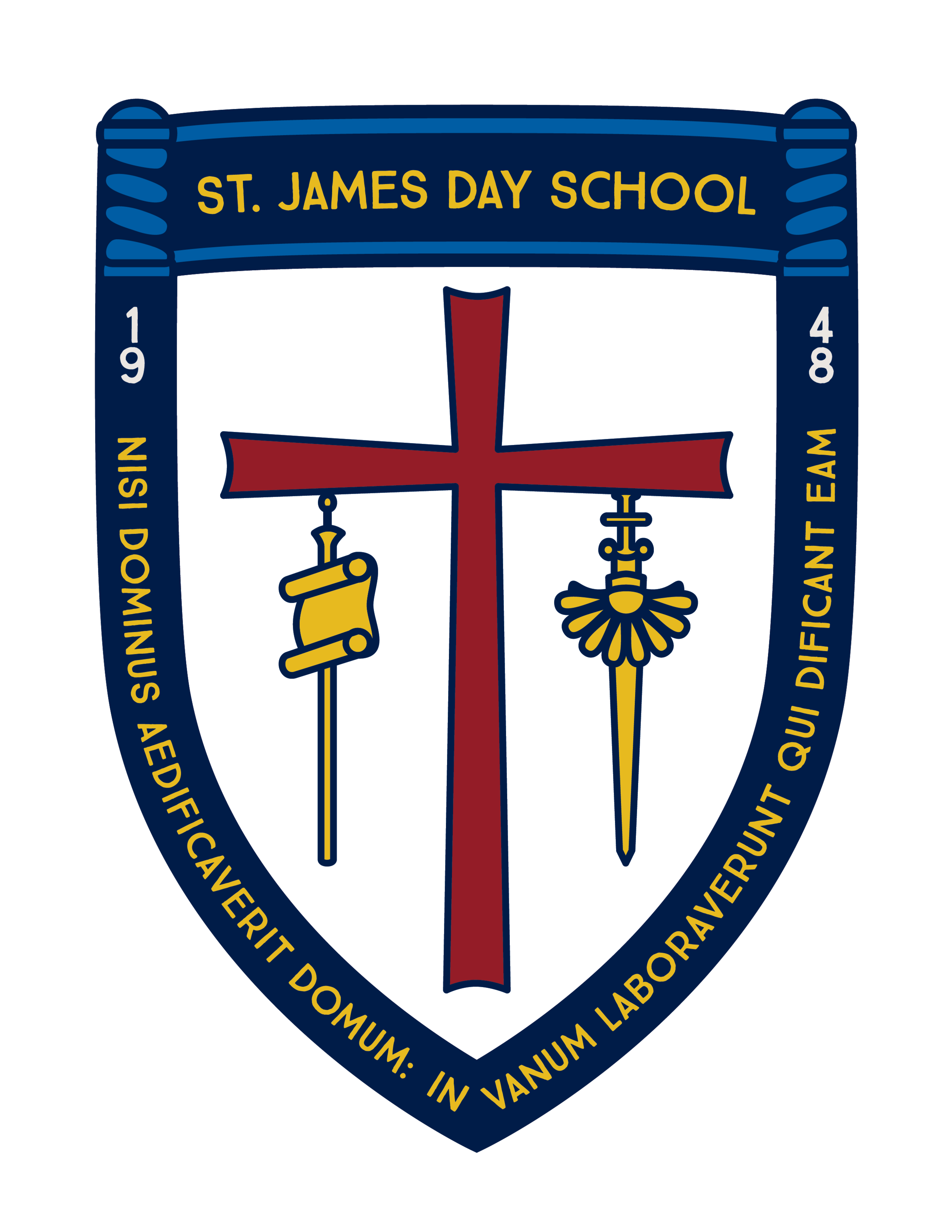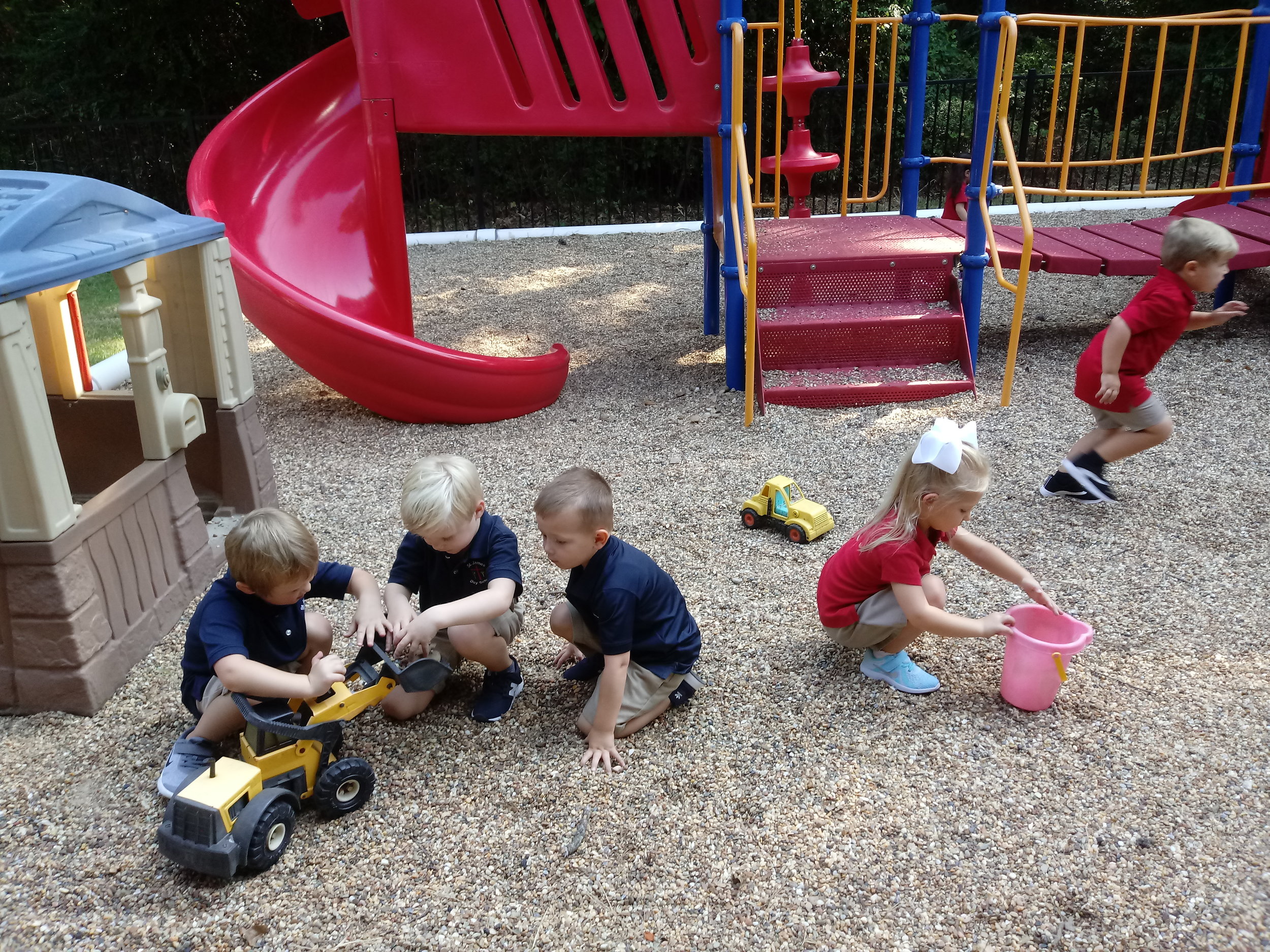What a great way to end our clothing unit! The children paraded down the stage showing off their Halloween attire. Afterwards, we sang Halloween songs and had a party with food, crafts, and games. This was a day I’ll always remember.
YOU’VE BEEN BOOED!
Each student had a chance to reach into our boo box full of bats. If they pulled out a bat with a number, the kids would flap their wings to correspond with the number. If the bat says boo, that child has to fly around the rug like a bat. Everyone loved chanting “ you’ve been booed.” as they flew by.
With our rhythm sticks, we tapped to the beat of Halloween songs. The children had to hold their sticks in a resting position as we waited for different songs to start. Children respond to rhythm sticks, shakers, and other instruments with instinctive enthusiasm. They literally celebrate life with a bang! When we use rhythm instruments in the context of songs, stories, and musical games, children develop an awareness of rhythm, phrasing, tempo, and other elements of musicality. It’s an incredible joy to see children discover the music within themselves.
“HIPPITY HOPPITY, HOW MANY?”
As I shook my closed fist, we chanted “Hippity Hoppity, How Many?” Then I would quickly hold up fingers on each hand and have the children count the combined number of fingers. They would then show me the answer by holding up the corresponding number. Young children must learn to connect quantities with written numbers. Displaying numerals with representations of their quantities helps children associate the amount with the numeral. What a fun way to learn numbers! Each student couldn’t wait for their chance to be the leader.










































































